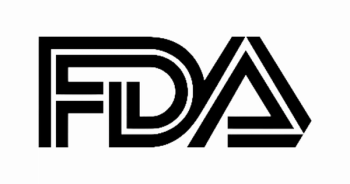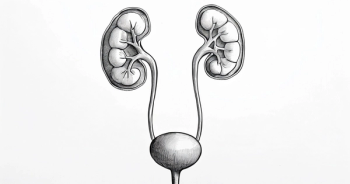
Overcoming Obstacles in Prescribing High-Cost Myeloma Therapies
Hamlet Gasoyan, MD, discusses some of the common challenges that oncologists face when getting patients started on more costly oral treatments for multiple myeloma.
Hamlet Gasoyan, MD, staff investigator at the Center for Value-Based Care Research in the Department of Internal Medicine of Cleveland Clinic’s Primary Care Institute and assistant professor of medicine at Cleveland Clinic Lerner College of Medicine of Case Western Reserve University, discusses some of the common challenges that oncologists face when getting patients started on more costly oral treatments for multiple myeloma.
In this video, Gasoyan identifies significant systemic barriers to initiating oral multiple myeloma therapies like lenalidomide (Revlimid), emphasizing 3 key challenges:
1. Administrative complexities, including mandatory risk evaluation and mitigation strategy (REMS) program compliance, prior authorization requirements, and restricted distribution through specialty pharmacies.
2. Financial burdens requiring patients to navigate copay assistance programs.
3. Coordination gaps between stakeholders in the care pathway.
Gasoyan et al looked at this in a
While their research found no disparities in treatment timing tied to social determinants of health for infused therapies, oral medications showed consistent fill delays attributable solely to these procedural hurdles.
“When examining social determinants of health, we did not find any disparities regarding the timing of obtaining facility-administered or oral medications. However, we identified factors associated with delayed prescription fills for oral medications, indicating that administrative burdens are posing challenges for patients and require further investigation,” Gasoyan explains.









































